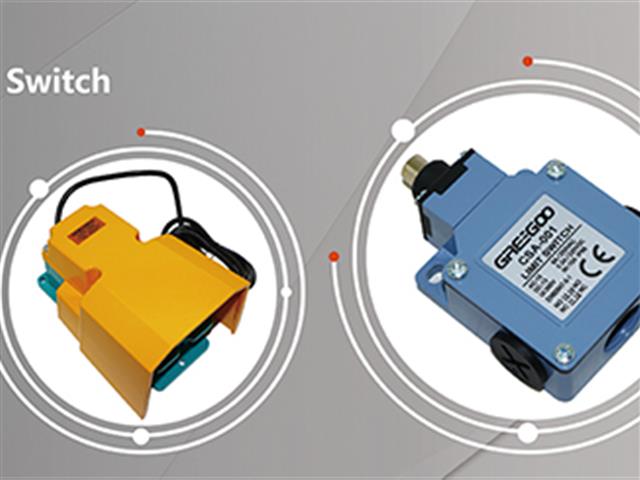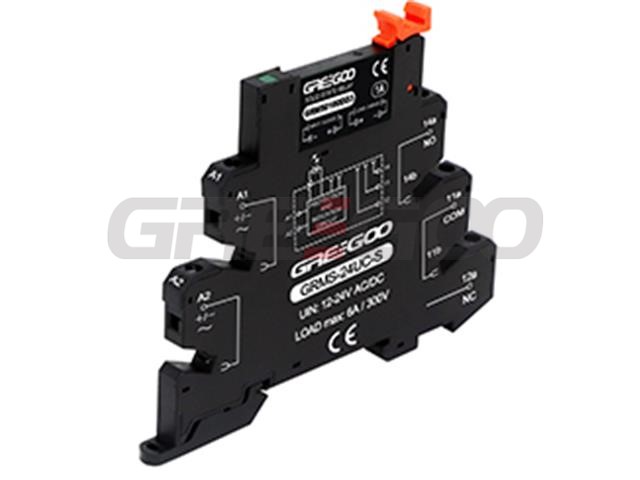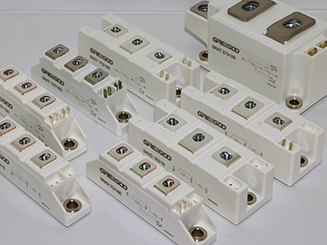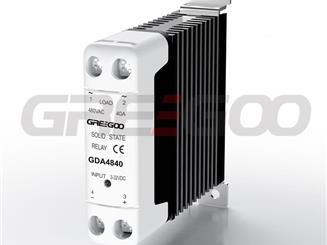What are the main differences between MOVs and Spark Gaps in SPDs?
Metal Oxide Varistors (MOV) and Spark Gaps are two different components used in Surge Protective Devices (SPDs) to protect against power surges, but they work in distinct ways and have different characteristics.
Metal Oxide Varistors (MOV):
- MOVs are semiconductor devices made of zinc oxide with a ceramic-like structure.
- When the voltage across an MOV exceeds its rated threshold (clamping voltage), it starts conducting current, effectively diverting the surge current away from sensitive equipment and to the ground.
- MOVs have a nonlinear voltage-current characteristic, meaning their resistance decreases as the voltage across them increases.
- They are typically used in low- to medium-energy surge situations and provide quick response to transient surges.
- MOVs have limited capacity to handle large surge currents, especially when dealing with repeated or sustained surges. Over time, they may degrade due to the energy absorbed during surges, potentially requiring replacement.
Spark Gaps:
- Spark gaps are simple, robust, and reliable components consisting of two conductive electrodes separated by a small gap filled with a gas or air.
- When the voltage across the spark gap exceeds a certain threshold (sparkover voltage), the air or gas ionizes, causing a spark to jump the gap and creating a low-resistance path for the surge current.
- Spark gaps provide very fast response times and are capable of handling extremely high surge currents, including those generated by direct lightning strikes.
- Unlike MOVs, spark gaps have a linear voltage-current characteristic, meaning their resistance remains relatively constant even as the voltage across them increases.
- Spark gaps are commonly used in high-energy surge situations where the surges are too large for MOVs to handle effectively.
In summary, the main differences between MOVs and Spark Gaps in SPDs are:
Technology: MOVs are semiconductor devices made of metal oxide, while spark gaps are simple gas or air-filled components with conductive electrodes.
Operation: MOVs use semiconductor properties to conduct current when the voltage exceeds a certain level, while spark gaps rely on ionized gas to create a low-resistance path for surge current.
Voltage-Current Characteristic:MOVs have a nonlinear voltage-current characteristic, and their resistance decreases with increasing voltage, while spark gaps have a linear characteristic, and their resistance remains relatively constant.
Application: MOVs are commonly used in low- to medium-energy surge scenarios, while spark gaps are preferred for high-energy surge situations, especially when dealing with direct lightning strikes or severe surges.
An effective surge protection strategy often combines the use of both MOVs and spark gaps, along with other protective devices, to provide comprehensive protection against different levels of power surges.

Discover the Power of Electromechanical Switches: Limit Switch vs Foot Pedal Switch vs Micro Switch
Upgrade your systems today and experience the power of electromechanical switches!
Read More
Solid State Relay: A Comparison of PLC Interface and Panel Mount
Differences Between PLC Interface and Panel Mount Solid State Relays
Read More
SKKT SKKD SKKH series Thyristior Diode Modules
The SKKT, SKKH and SKKD series Thyristor Diode Modules offer excellent current carrying capacity and low conduction loss, significantly enhancing overall system efficiency.
Read More
How to choose a suitable Solid State Relays
Single phase or three phase, nominal voltage and current, potential surge or inrush current, AC or DC load, control signal, zero crossing type or random control ssr etc.
Read More













